North Korea has tested an intercontinental ballistic missile (ICBM) that it claims is its longest-ranged so far — and which is carried on an absolutely enormous transporter-erector-launcher (TEL) vehicle. The announcement of the test of the Hwasong-19 comes amid large-scale U.S.-South Korean military maneuvers during which their aircraft have bombed mock-ups of North Korean ballistic missile launchers. These same exercises have also seen, for the first time, U.S. and South Korean drones working together to hunt targets — something that would be critical in a full-scale war to find and knock out North Korean missile launchers as quickly as possible.
A video and photos of the test of the Hwasong-19 published by the state-run Korean Central News Agency, or KCNA show a huge solid-fuel, multi-stage missile launched from a canister carried by the huge TEL vehicle, in an undisclosed forested location.
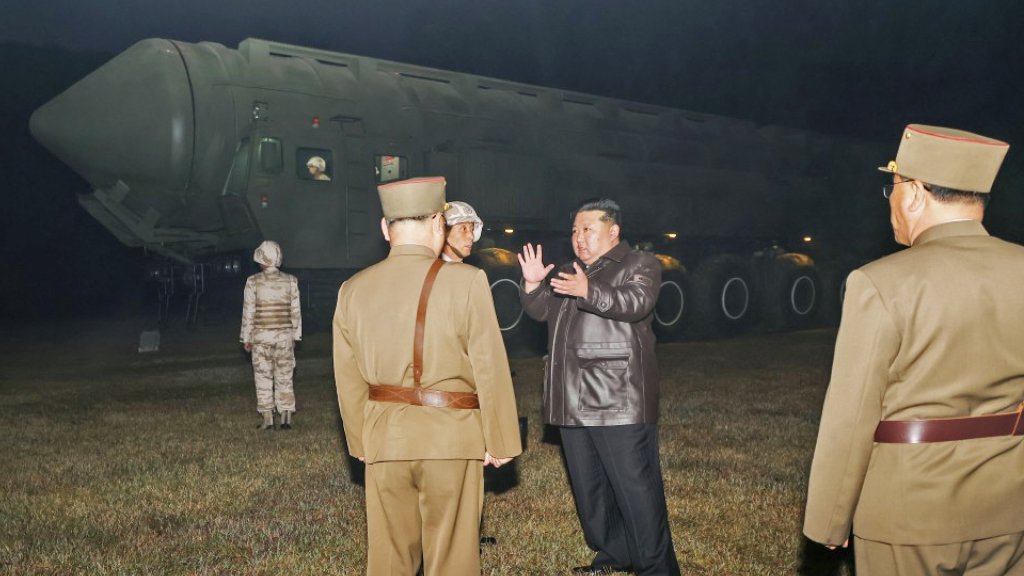

The size of the TEL is immediately impressive. With 11 axles, it’s notably longer than the nine-axle TEL used in the previous Hwasong-18, indicating that the missile is proportionally longer, too. Moreover, the relatively narrow driver cabs at the front of the Hwasong-19 vehicle also point to a larger-diameter missile. While North Korea has used an 11-axle TEL before, for its Hwasong-17, this missile was a less advanced liquid-fuel missile design. That TEL also didn’t feature the smaller cab for the wider missile body as seen in the Hwasong-19’s TEL setup.

KCNA also released photos that it says were captured from an array of cameras mounted on the missile during its test flight. These reveal missile state separations and views of the Earth below while on its extremely steep lofted trajectory.
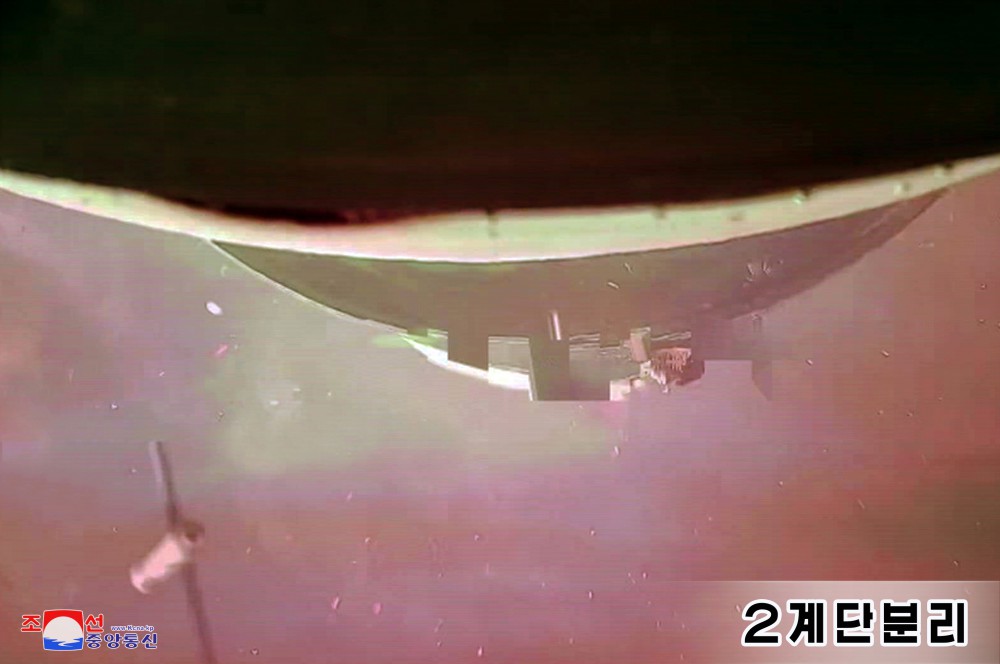

Pyongyang says that the Hwasong-19 flew higher than any previous North Korean ICBM — reaching a maximum altitude of 4,776.8 miles — claims that are supported by the armed forces of South Korea and Japan, which monitored the missile’s flight path.
As in previous similar tests, the missile was fired at a steep lofted trajectory to stay close to the Korean peninsula, although if flown on a standard trajectory it would be capable of reaching cities across the U.S. mainland.
KCNA says the Hwasong-19 flew 622.12 miles for 85 minutes and 56 seconds before splashing down in the sea off the east coast of the Korean peninsula, between Japan and Russia. The duration of the flight compares to 74 minutes for the last ICBM test 10 months ago, suggesting that the missile carries more fuel or that North Korea has improved the technology used in its solid-fuel rocket propellants.
The ICBM was described by KCNA as “the world’s strongest strategic missile.”
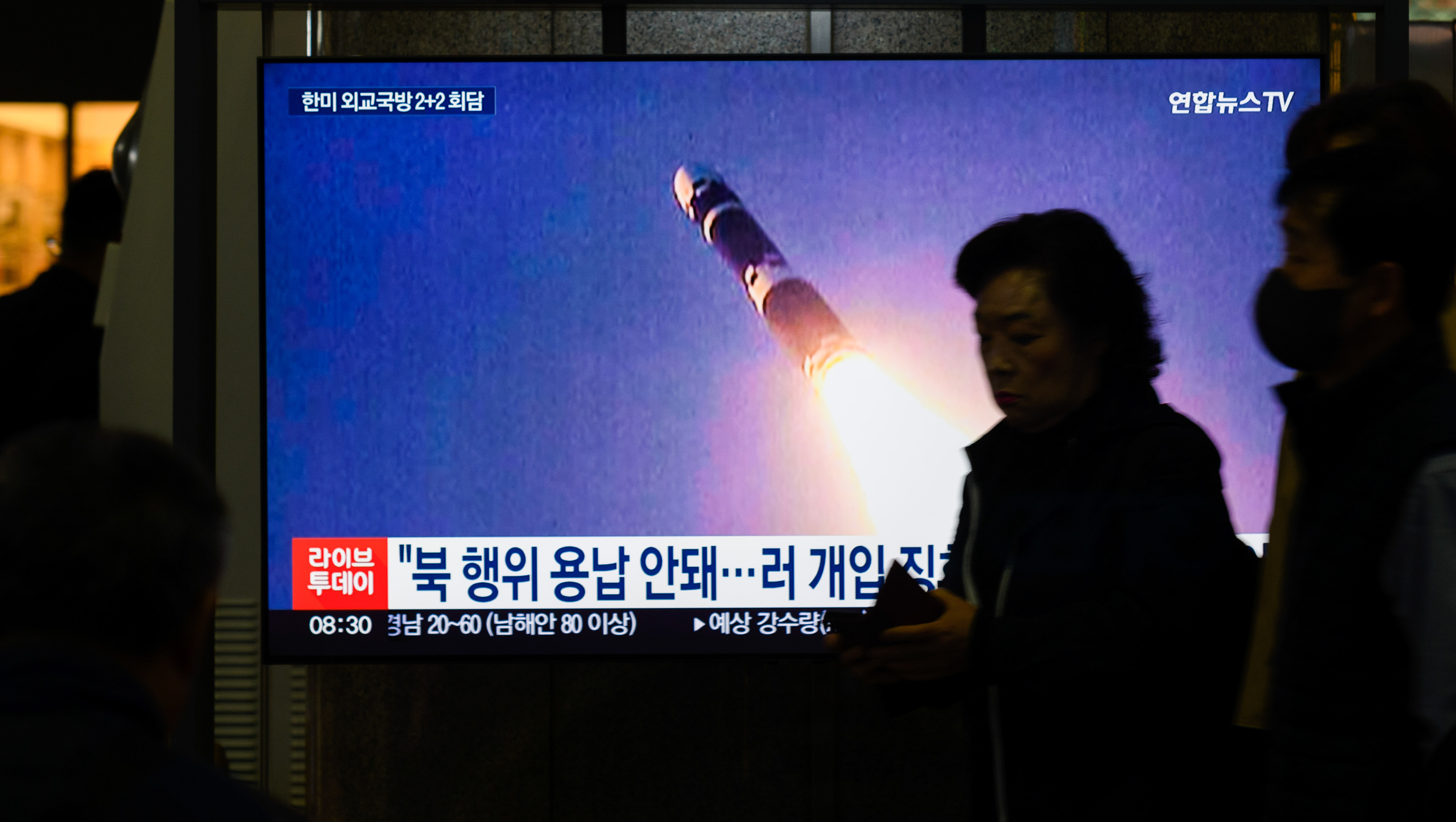
Overseeing the launch, North Korean leader Kim Jong Un declared: “The new-type ICBM proved before the world that the hegemonic position we have secured in the development and manufacture of nuclear delivery means of the same kind is absolutely irreversible,” according to KCNA.
Kim was again accompanied by his daughter to observe the launch, according to North Korean state media.

South Korean reaction to the test was swift, with Seoul imposing new sanctions on 11 North Korean individuals and four entities, which it says have contributed to missile and nuclear development, including by channeling illegal foreign funds into the country.
North Korea has already demonstrated ICBMs with long enough range to hit targets almost anywhere in the United States, but the appearance of the Hwasong-19 demonstrates that the country is continuing to develop and refine these weapons — as well as use them to signal its military might. At the same time, it should be noted that questions still remain over the reliability of North Korean reentry vehicles and nuclear warheads.
There is also the question of just how survivable the Hwasong-19 would be, simply due to its size. Its colossal dimensions mean there is only a limited number of places, including tunnels and some structures, where it can hide and the vehicle itself will be harder to maneuver than smaller TELs. Typically, super-heavy ICBMs of this kind are based in fixed silos, rather than being road-mobile.
Reportedly, North Korea will field the Hwasong-19 alongside the previous Hwasong-18, which was its first solid-fuel ICBM, with analysts suggesting that the new missiles will offer an expanded capacity within a larger payload section. This would imply plans for it to carry larger warheads and multiple independently targetable reentry vehicles (MIRVs).
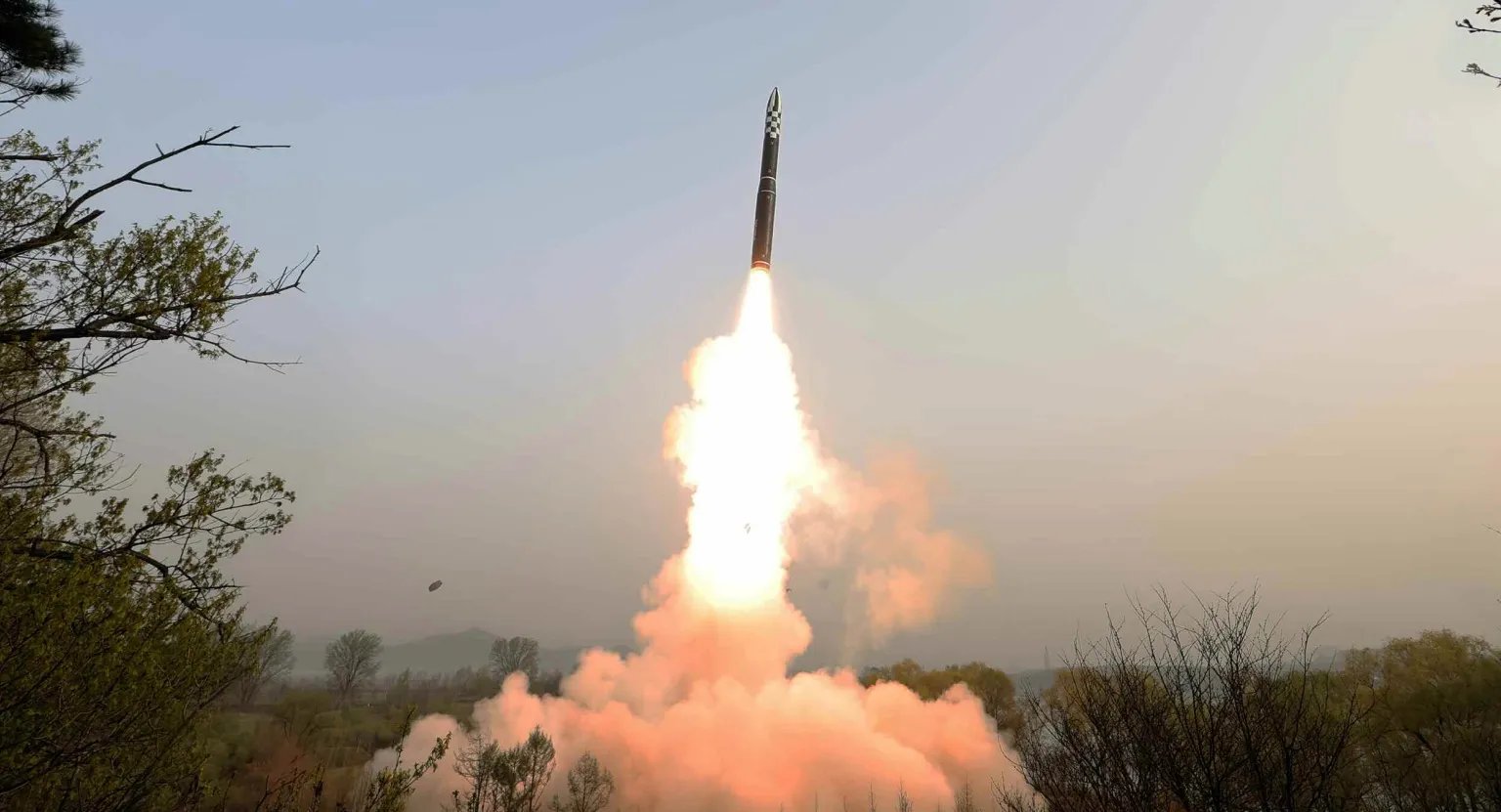
As we have discussed before, solid-fuel ICBMs, in general, offer huge advantages over previous liquid-fuel designs developed by North Korea.
A solid-fuel missile can be brought into action far more quickly since it doesn’t need to be fueled before being launched, drastically reducing reaction time from receiving the order to launching. It also makes the missile much more survivable, dramatically reducing the window in which it could be targeted by a preemptive strike.
The latest test not only confirms the continued maturation of North Korea’s strategic missile forces, and with it a growing deterrent capability, but also appears calculated to send a message to the United States, in particular.
The timing of this messaging is notable for several reasons.
Most immediately, the U.S. military and South Korean armed forces have been engaged in maneuvers in which aircraft — including drones — have been used to attack simulated North Korean targets.
For the first time, these exercises have also involved drones from both countries. Today, the South Korean armed forces announced live-fire drills that saw U.S. Air Force MQ-9 Reaper drones drop GPS-guided munitions on targets while a Republic of Korea Air Force RQ-4B Global Hawk drone carried out intelligence, surveillance, and reconnaissance (ISR).
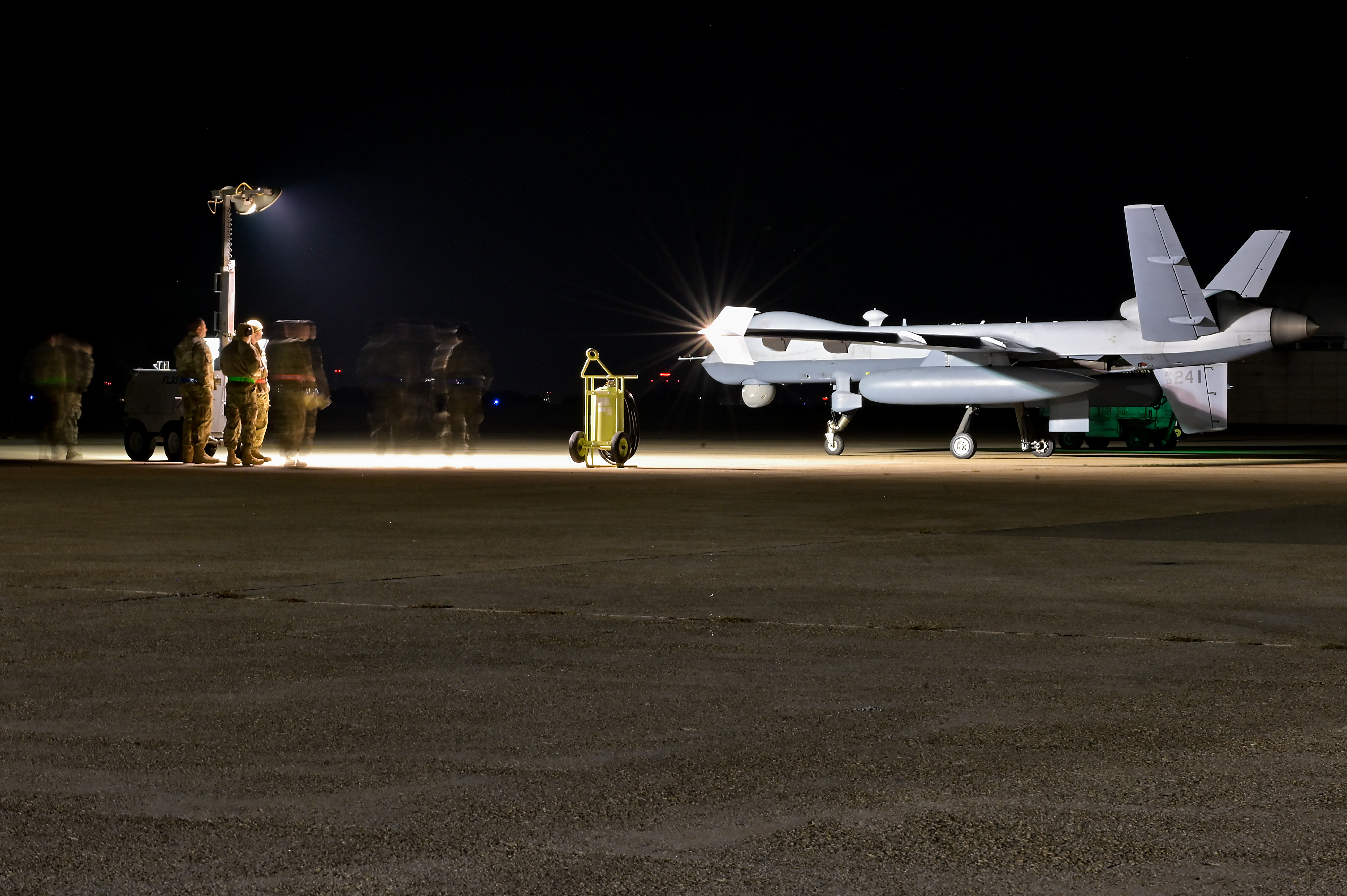
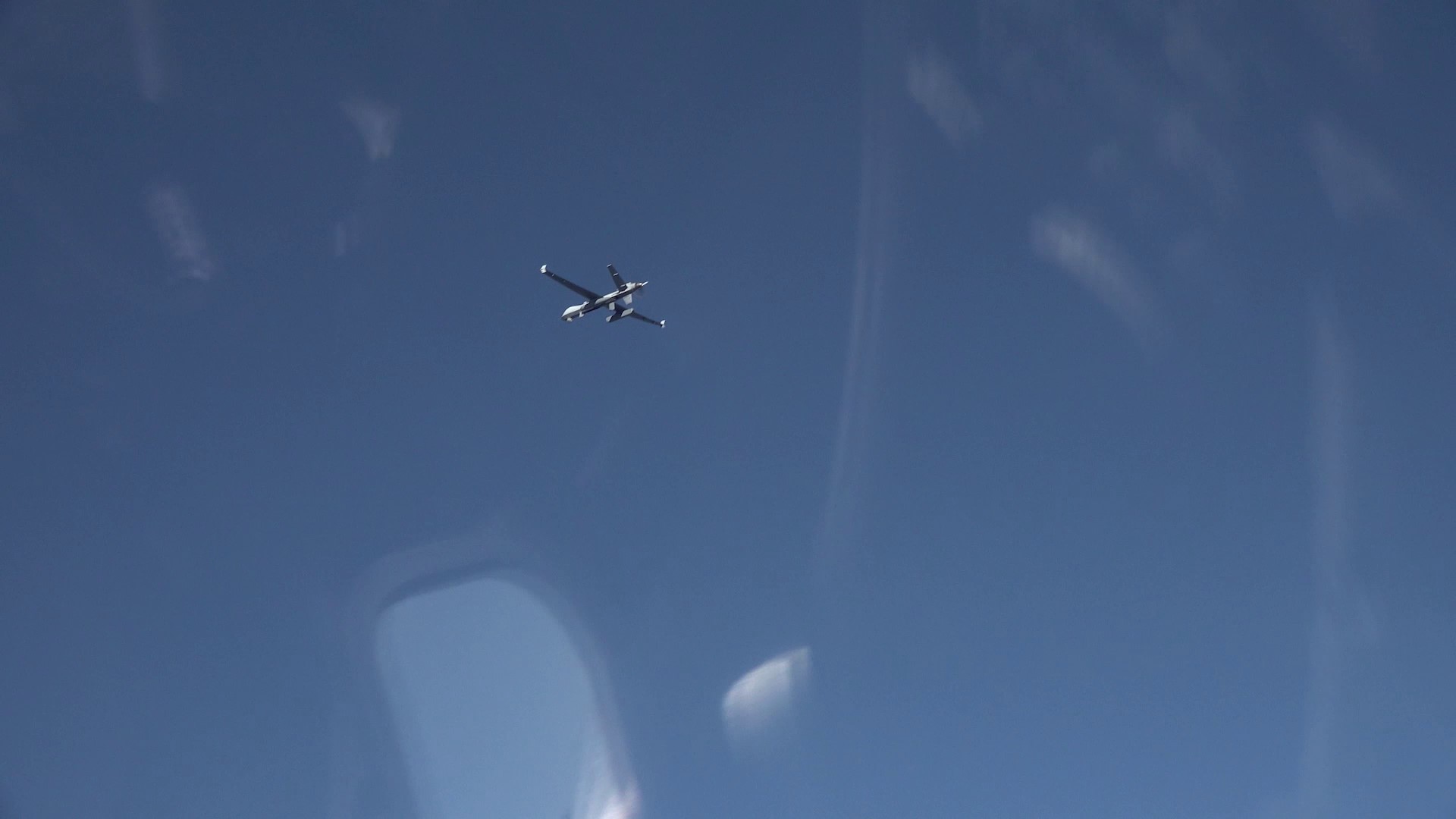
As we have discussed in the past, any military campaign launched by the South against its neighbor would see extensive involvement by drones, which would be especially valuable for scouting for mobile targets, especially missile launchers, as well as keeping tabs on North Korean military movements on the ground.
Meanwhile, U.S. and South Korean fighters also took part in the simulated bombing of North Korean targets — including ballistic missile launchers — on October 30, with 110 aircraft reportedly involved in the Freedom Flag 24-1 maneuvers.
“Through this large-scale joint air training exercise, we have demonstrated the South Korea-U.S. combined defense capability and posture to overwhelm the enemy in response to North Korea’s nuclear and missile threats,” South Korea’s joint chiefs of staff said in a statement.
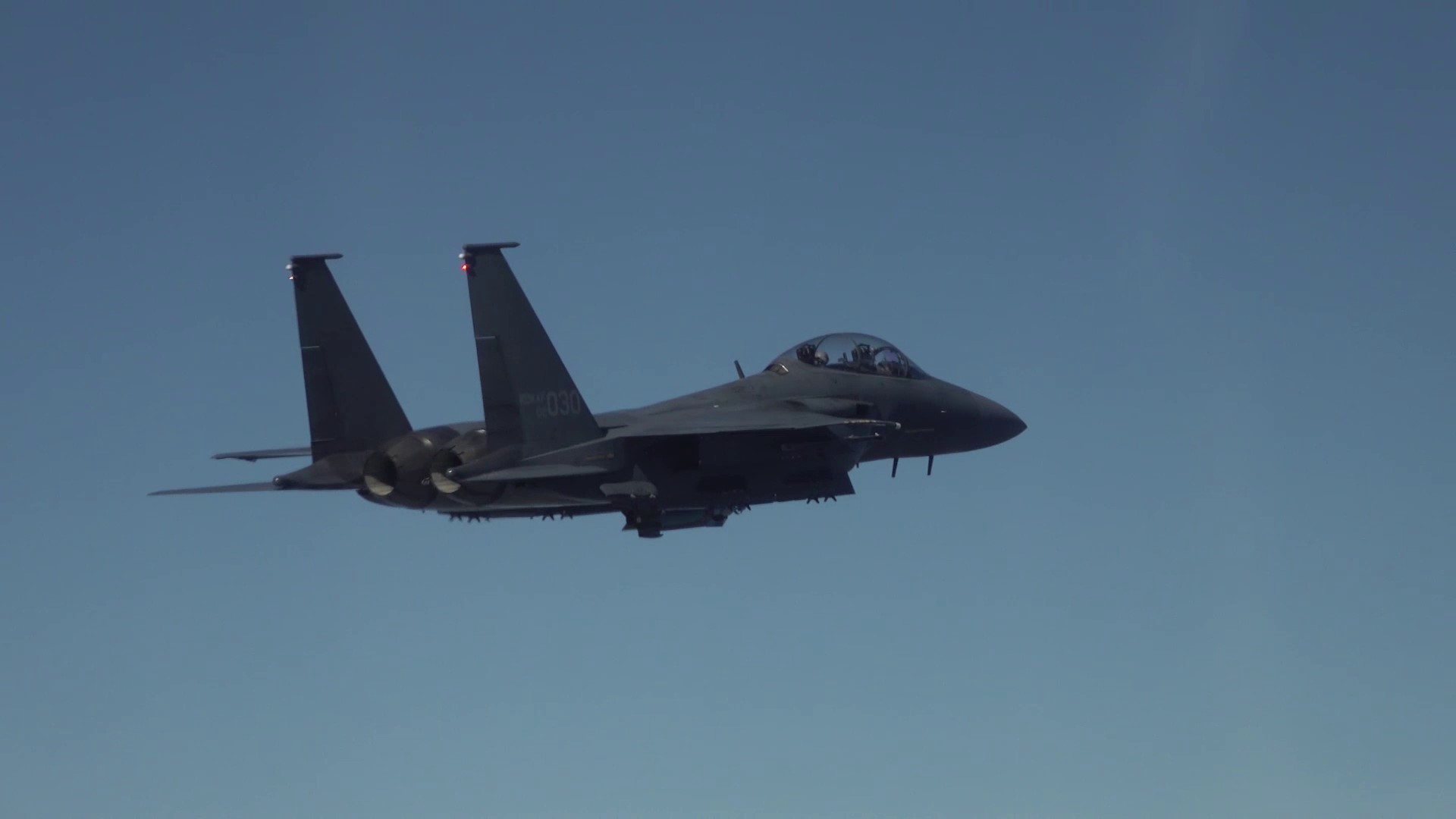
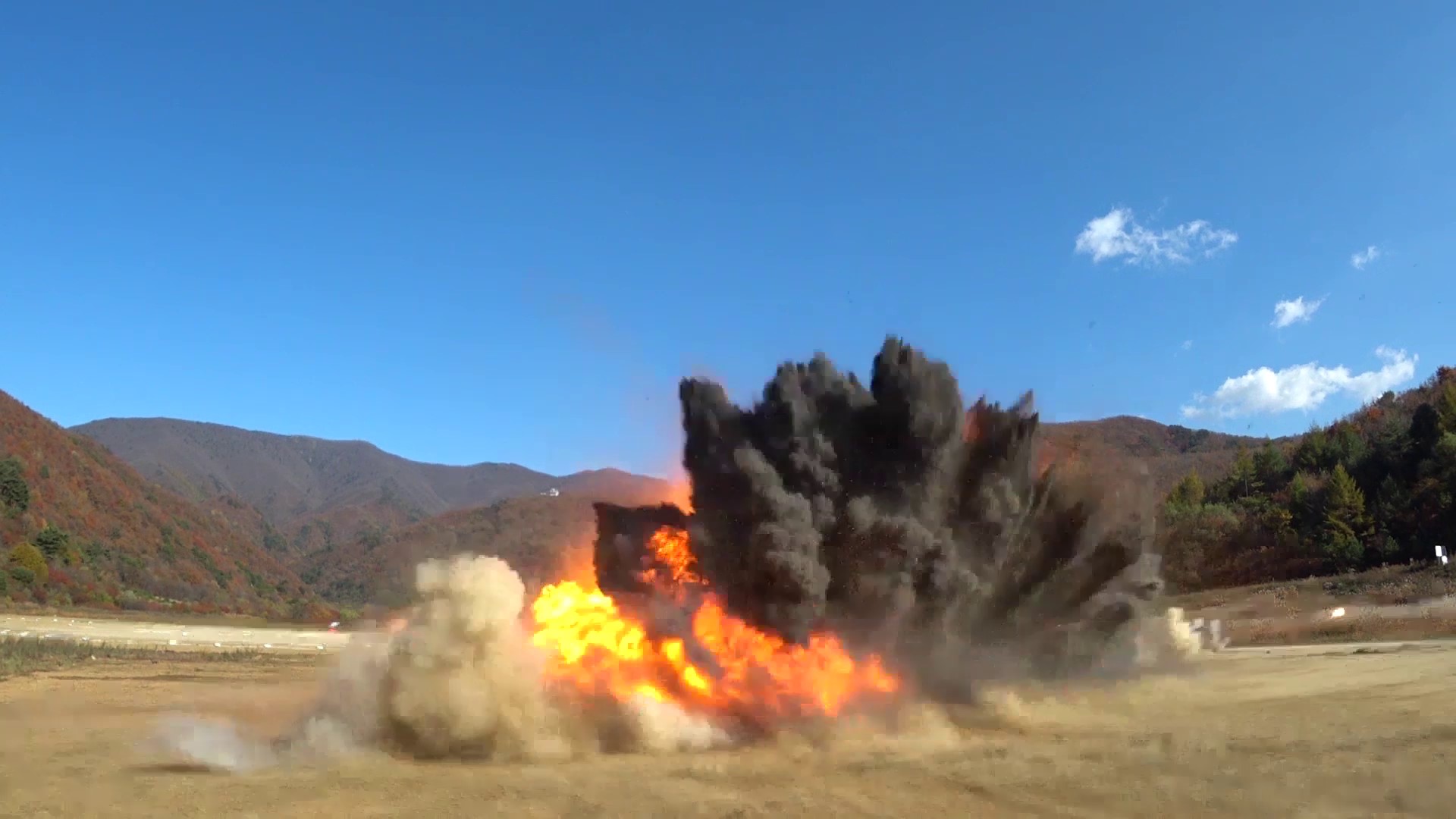
Meanwhile, North Korea finds itself even more ostracized from the international community due to its support for Russia in its war in Ukraine, which now includes the direct involvement of soldiers from the Korean People’s Army.
Neither Pyongyang nor Moscow have denied that North Korean soldiers are now fighting on the front lines in Ukraine, while Ukrainian President Volodymyr Zelensky has slammed his allies for having made “zero” response to the development.
North Korea’s deepening support for Russia’s war in Ukraine — which has also seen it transfer millions of rounds of artillery ammunition and short-range ballistic missiles — has sparked concerns that sensitive military technology could flow back to Pyongyang from Moscow in return. In particular, there have been suggestions that North Korea might gain further advantages in its ballistic missile program, aided by Russia.

Perhaps not surprisingly, given that the Hwasong-19 will have been in development for some time, U.S. Defense Secretary Lloyd Austin said that the Pentagon did not have “any indication at this point that there was Russian involvement” in the latest ICBM test. However, Austin did note that the U.S. Department of Defense was still at a very early point in its assessment of the missile test.
It is perhaps also no coincidence that the Hwasong-19 comes as the United States prepares for its presidential election, on November 5.
Earlier this year, Republican presidential candidate Donald Trump said that his personal connection with Kim would be an advantage that he would use if elected.
“Now North Korea is acting up again, but when we get back, I get along with him,” he said. “He’d like to see me back, too. I think he misses me.”
Returning to the peninsula, the missile test comes during a period of overall worsening tensions between North and South Korea.
Most recently, TWZ reported on North Korea’s accusations that South Korea has been using drones to scatter propaganda leaflets over Pyongyang. That development follows waves of excrement and trash-filled balloons that North Korea has launched into the South, a campaign that started this summer.
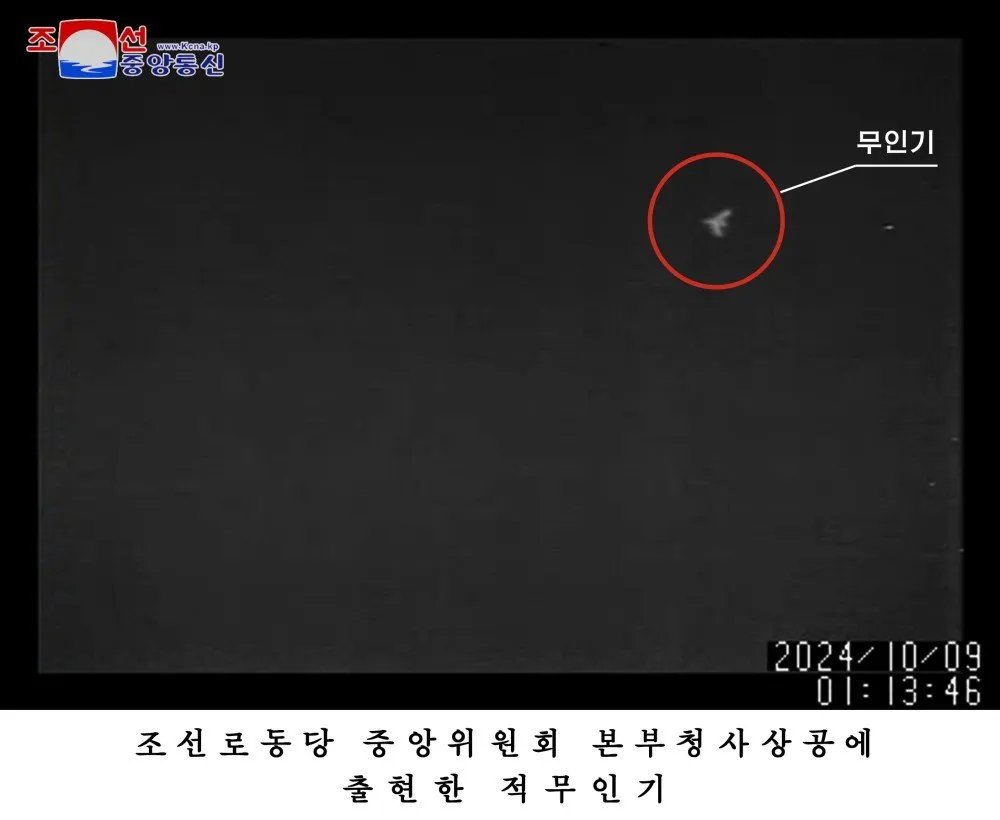
Last month, the North said it said it would sever road and railway access to the South to ensure the two countries are “completely separate.”
A string of incidents and a continued war of words has served to raise tensions and, with them, the risk of an overreaction or a misunderstanding leading to a much more serious escalation. With that in mind, the test of the Hwasong-19 is a sobering reminder of the growing strength of the North Korean strategic arsenal, which has continued to develop despite longstanding sanctions and international pressure.
Contact the author: thomas@thewarzone.com
